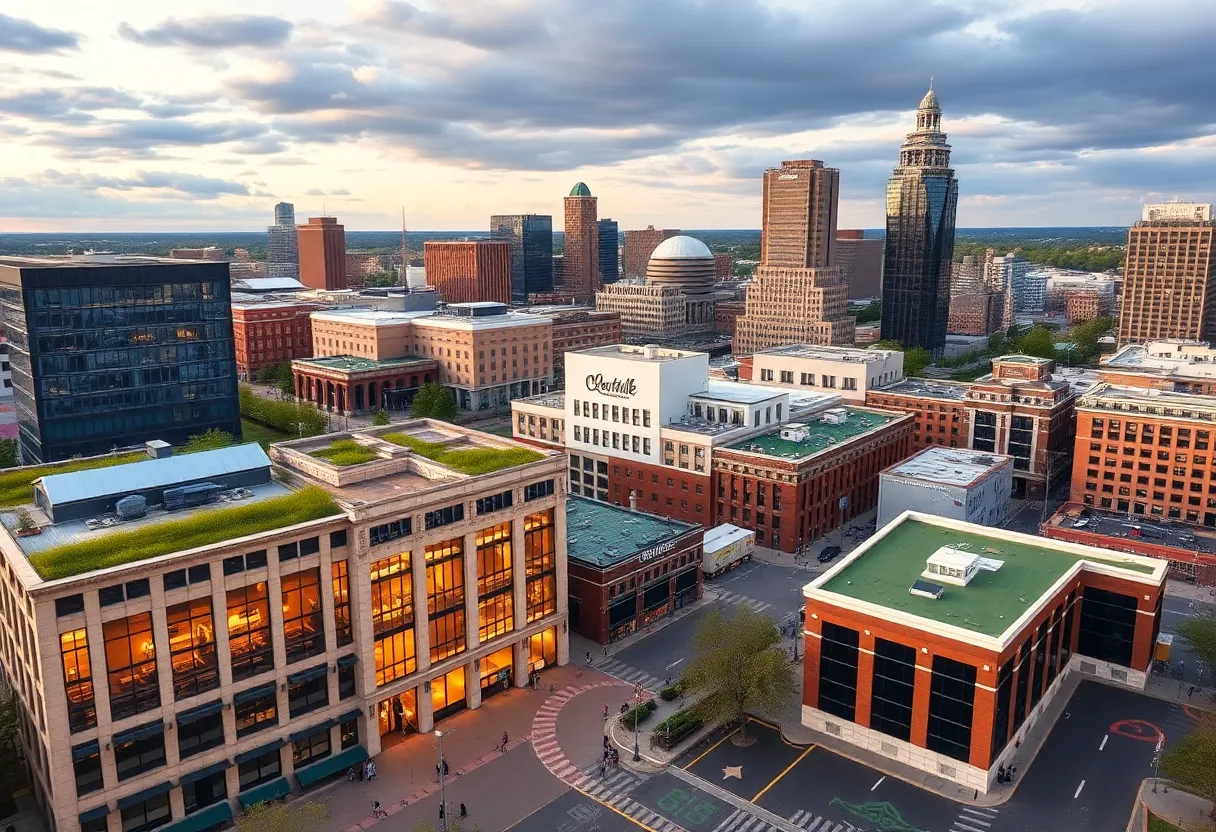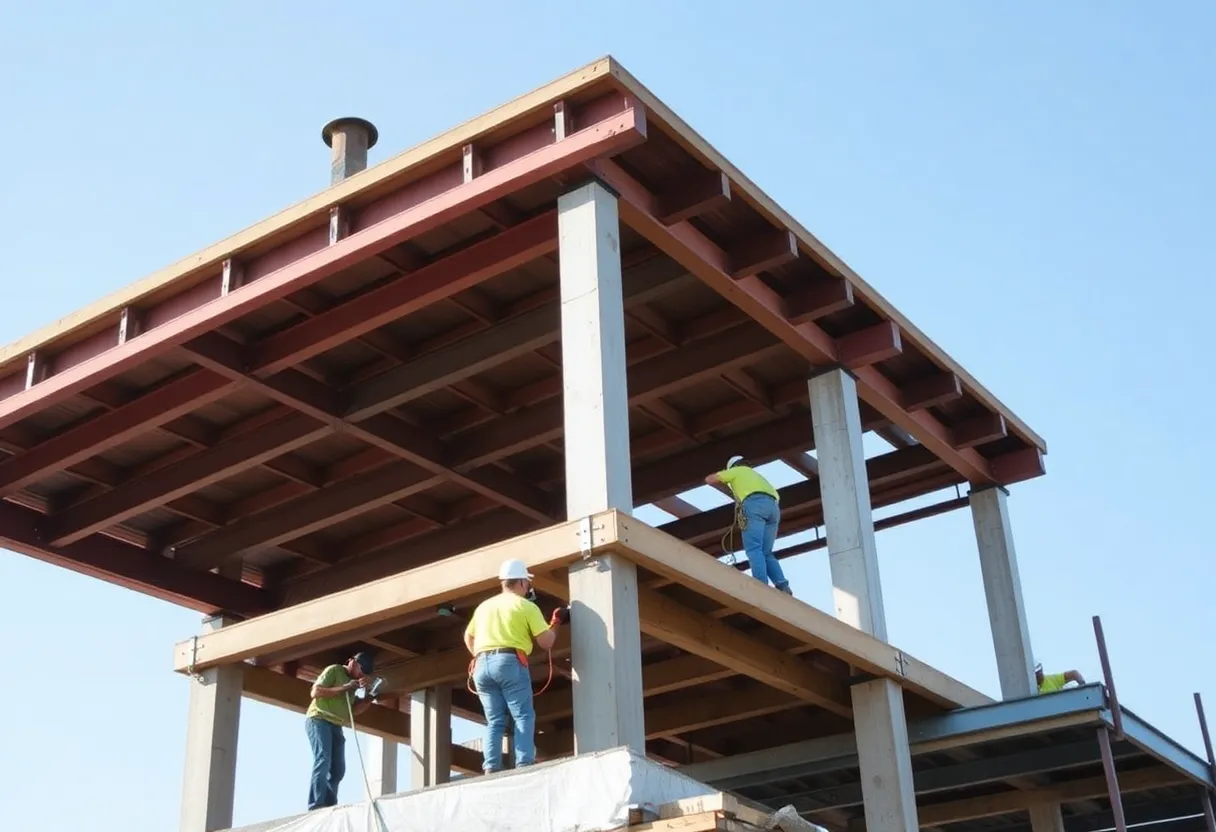News Summary
The commercial real estate borrowing landscape is becoming increasingly complex as interest rates soar and lending standards tighten. Borrowers now face higher interest rates, with conventional commercial loans ranging from 6% to 10% and SBA 7(a) loans reaching up to 12.5%. The economic environment poses significant risks, especially with potential balloon payments and lenders’ rights to seize properties in case of defaults. Although there are expectations for future interest rate cuts from the Federal Reserve, borrowers need to enhance their down payments and maintain strong credit to navigate these challenges.
Tighter Lending Standards Challenge Commercial Real Estate Borrowers in 2025
The landscape for commercial real estate borrowers in 2025 is becoming increasingly complicated, with interest rates soaring and lending standards tightening. Interest rates for commercial real estate loans now hover between approximately 5% and 14%, depending on a variety of factors such as the type of loan, the specifics of the property, and the creditworthiness of the borrower.
As companies navigate this challenging environment, the average interest rates for different loan types vary significantly. For instance, conventional commercial loans yield interest rates between 6% and 10%, typically requiring a substantial down payment of 20-25%. These loans often come with balloon payments due within five to ten years. SBA 504 loans, well-suited for owner-occupied properties, are available at rates of 5% to 7%, with a maximum loan amount of $5 million and a down payment of 10-20%.
Loan Type Variability
For borrowers seeking SBA 7(a) loans, interest rates can reach up to 12.5% on loans up to $5 million, requiring at least a 10% down payment. Meanwhile, bridge loans serve as short-term financing options with rates ranging from 7% to 14%, designed for quick property acquisition or refinancing. Construction loans are also in demand, with rates between 8% and 13%, specifically aimed at funding property construction and renovation projects.
Risks of Default
Commercial real estate loans, frequently accompanied by fixed interest rates, typically feature terms lasting between five to ten years and often include balloon payments that may pose a risk. Should borrowers struggle to make payments, lenders retain the right to seize the property. This risk is compounded by the current economic environment, where tighter lending standards and rising rates are making it increasingly difficult for business owners to either secure new loans or refinance existing ones.
Future Outlook
Despite the hurdles, there’s a glimmer of hope on the horizon as the Federal Reserve is anticipated to implement at least one interest rate cut in 2025, with possible further reductions in 2026. However, it is unlikely that interest rates will return to pre-2022 levels anytime soon. To navigate this precarious lending landscape, borrowers should enhance their down payments, strengthen credit scores, keep debt levels manageable, and compare multiple loan offers to find the best rates.
Key Financial Metrics
Lenders are increasingly focused on important financial metrics, such as the debt service coverage ratio (DSCR) and the loan-to-value ratio (LTV), which play critical roles in their decision-making processes. The current economic conditions, including Federal Reserve policies and market demand for commercial lending, significantly influence interest rates for commercial mortgages.
Mortgage Maturities and Market Dynamics
As the commercial real estate landscape evolves, the need for substantial capital to address upcoming mortgage maturities is evident, with an estimated $1.2 trillion in commercial mortgage loans set to mature in 2025 and 2026. Historical trends suggest that after periods of rapid interest rate increases, sectors such as commercial real estate often experience delayed price and volume growth.
Market Share Shifts
In response to banks tightening their lending practices, lending dynamics are shifting. CMBS lenders are capturing greater market share, while private debt funds have emerged as important players in the lending space. These funds frequently offer specialized funding options, albeit at generally higher costs.
Global Considerations
The prospect of global economic conditions and potential geopolitical tensions also loom large, as these factors could significantly impact future investments in commercial real estate and related financing options. With challenges ahead, it remains essential for borrowers to stay informed and strategically position themselves in a fluctuating market.
Deeper Dive: News & Info About This Topic
Additional Resources
- NerdWallet: Commercial Real Estate Loan Rates
- Wikipedia: Commercial Real Estate
- Wall Street Journal: Private Credit and Commercial Property Finance
- Google Search: Commercial Real Estate Loans
- NorthMarq: Interest Rates and Commercial Real Estate
- Encyclopedia Britannica: Loan
- APP: Apex Money Lending Expands Commercial Loan Offerings
- Google News: Commercial Real Estate
Author: Construction FL News
The FLORIDA STAFF WRITER represents the experienced team at constructionflnews.com, your go-to source for actionable local news and information in Florida and beyond. Specializing in "news you can use," we cover essential topics like product reviews for personal and business needs, local business directories, politics, real estate trends, neighborhood insights, and state news affecting the area—with deep expertise drawn from years of dedicated reporting and strong community input, including local press releases and business updates. We deliver top reporting on high-value events such as the Florida Build Expo, major infrastructure projects, and advancements in construction technology showcases. Our coverage extends to key organizations like the Associated Builders and Contractors of Florida and the Florida Home Builders Association, plus leading businesses in construction and legal services that power the local economy such as CMiC Global and Shutts & Bowen LLP. As part of the broader network, including constructioncanews.com, constructionnynews.com, and constructiontxnews.com, we provide comprehensive, credible insights into the dynamic construction landscape across multiple states.





